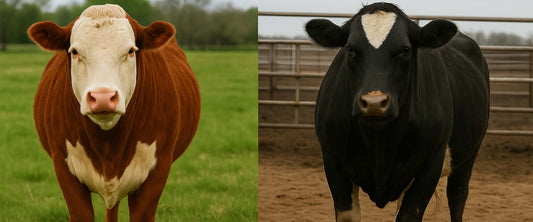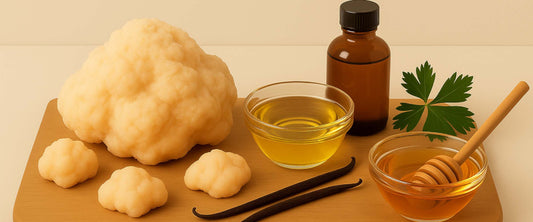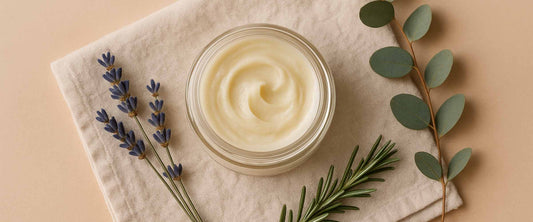6. How Olive Oil Works Alongside Suet, Jojoba, and Beeswax in Our Formula
Olive oil isn’t the star of our balm—it’s the supporting act that makes everything else shine.
When you blend ingredients the right way, each one elevates the others. That’s the point of our formula. It’s not just “natural”—it’s strategic.
Let’s break it down.
Suet-based tallow is the foundation. It mimics your skin’s natural oils, delivers fat-soluble vitamins like A, D, E, and K, and deeply repairs the skin barrier. It’s rich, stable, and restorative—but on its own, it can feel a little too dense for some.
That’s where olive oil steps in. It softens the balm’s texture and adds a layer of deep hydration, thanks to its high oleic acid content. It helps the formula spread easily and absorb smoothly, so you’re not tugging at your skin. And while tallow supports regeneration, olive oil adds antioxidant protection—shielding your skin from oxidative stress and premature aging.
Next is jojoba oil—technically a wax ester, not a true oil. It closely resembles human sebum and helps regulate oil production. It balances out olive oil’s richness and keeps the balm from feeling too heavy, especially for sensitive or combination skin.
Then there’s beeswax, which seals everything in. It creates a breathable barrier that holds moisture while still letting your skin function naturally. It gives the balm staying power—so the nutrients don’t just vanish after ten minutes.
Each ingredient plays a role, and none of them are filler.
Olive oil doesn’t just hydrate—it unlocks the formula’s flexibility, making it suitable for everything from dry cheeks to cracked knuckles to irritated lips.
It’s not just what’s in the balm—it’s how it works together. That’s the difference between a formula and a list of ingredients.
Read next: Using Olive Oil-Based Skincare: Tips for Dry, Sensitive, and Aging Skin





